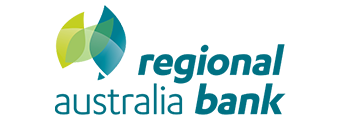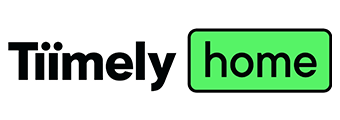Fact Checked
| Lender | Home Loan | Interest Rate | Comparison Rate* | Monthly Repayment | Repayment type | Rate Type | Offset | Redraw | Ongoing Fees | Upfront Fees | Max LVR | Lump Sum Repayment | Additional Repayments | Split Loan Option | Tags | Row Tags | Features | Link | Compare | Promoted Product | Disclosure |
|---|---|---|---|---|---|---|---|---|---|---|---|---|---|---|---|---|---|---|---|---|---|
5.69% p.a. | 5.95% p.a. | $2,899 | Principal & Interest | Fixed | $0 | $530 | 90% |
| Promoted | Disclosure | |||||||||||
5.79% p.a. | 5.78% p.a. | $2,931 | Principal & Interest | Fixed | $0 | $0 | 80% | ||||||||||||||
5.65% p.a. | 5.77% p.a. | $2,886 | Principal & Interest | Fixed | $null | $0 | 80% | ||||||||||||||
5.39% p.a. | 6.09% p.a. | $2,805 | Principal & Interest | Fixed | $0 | $1,000 | 70% | ||||||||||||||
5.49% p.a. | 6.07% p.a. | $2,836 | Principal & Interest | Fixed | $248 | $350 | 80% | ||||||||||||||
5.59% p.a. | 6.25% p.a. | $2,867 | Principal & Interest | Fixed | $375 | $0 | 80% | ||||||||||||||
5.64% p.a. | 6.02% p.a. | $2,883 | Principal & Interest | Fixed | $0 | $600 | 80% | ||||||||||||||
5.65% p.a. | 6.70% p.a. | $2,886 | Principal & Interest | Fixed | $0 | $295 | 80% | ||||||||||||||
5.69% p.a. | 7.59% p.a. | $2,899 | Principal & Interest | Fixed | $190 | $null | 90% | ||||||||||||||
5.69% p.a. | 6.01% p.a. | $2,899 | Principal & Interest | Fixed | $0 | $350 | 90% | ||||||||||||||
5.74% p.a. | 7.59% p.a. | $2,915 | Principal & Interest | Fixed | $0 | $0 | 95% | ||||||||||||||
5.79% p.a. | 6.11% p.a. | $2,931 | Principal & Interest | Fixed | $250 | $250 | 80% | ||||||||||||||
5.74% p.a. | 6.63% p.a. | $2,915 | Principal & Interest | Fixed | $null | $null | 80% | ||||||||||||||
5.79% p.a. | 7.56% p.a. | $2,931 | Principal & Interest | Fixed | $0 | $0 | 95% | ||||||||||||||
5.59% p.a. | 6.71% p.a. | $2,867 | Principal & Interest | Fixed | $8 | $350 | 80% | ||||||||||||||
5.85% p.a. | 6.81% p.a. | $2,950 | Principal & Interest | Fixed | $0 | $295 | 90% | ||||||||||||||
5.89% p.a. | 7.14% p.a. | $2,962 | Principal & Interest | Fixed | $395 | $100 | 95% | ||||||||||||||
5.89% p.a. | 7.17% p.a. | $2,962 | Principal & Interest | Fixed | $395 | $150 | 70% |
Important Information and Comparison Rate Warning
Important Information and Comparison Rate Warning
Frequently Asked Questions
Most lenders will offer the ability to have both fixed and variable rates with a 'split' loan. This means splitting your home loan balance into two different accounts, at different portions - one being charged a fixed interest rate and the other variable.
Generally, major lenders will offer the option to fix your home loan for up to five years. Further, some lenders offer ten-year fixed home loans on the Australian market - Savings.com.au’s market research identified two at the time of writing - Newcastle Permanent and ANZ.
Compare home loan options
Investment Home Loans
Refinancing Home Loans
Compare Investment Home Loans
Refinancing Home Loans
Non-Bank Home Loan Lenders
Variable-Rate Home Loans
Interest-Only Home Loans
Construction Loans
Green Home Loans
Offset Home Loans
Big 4 Home Loan Rates
Customer-Owned Bank Home Loans
5% Deposit Home Loans
Low Doc Home Loans

























